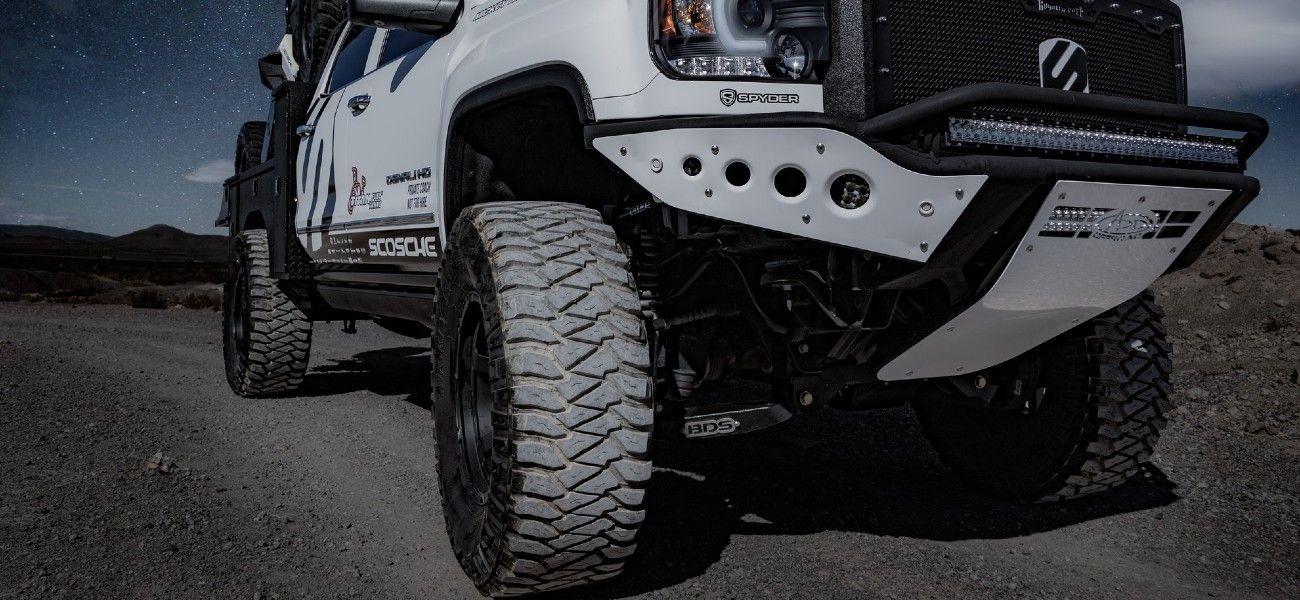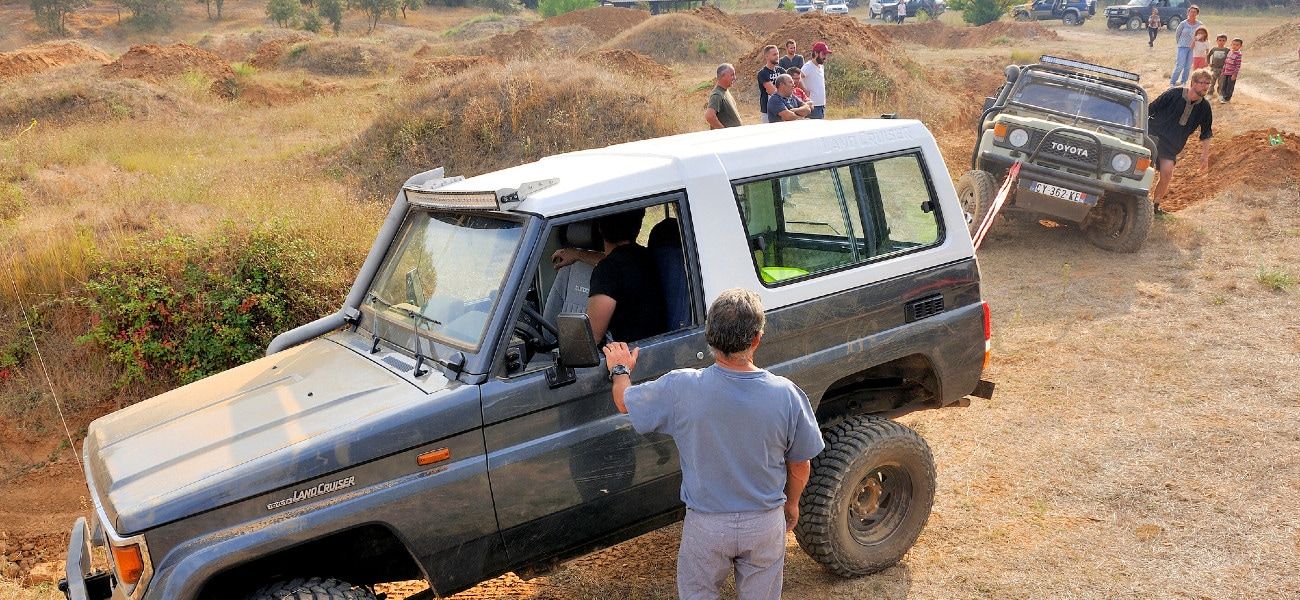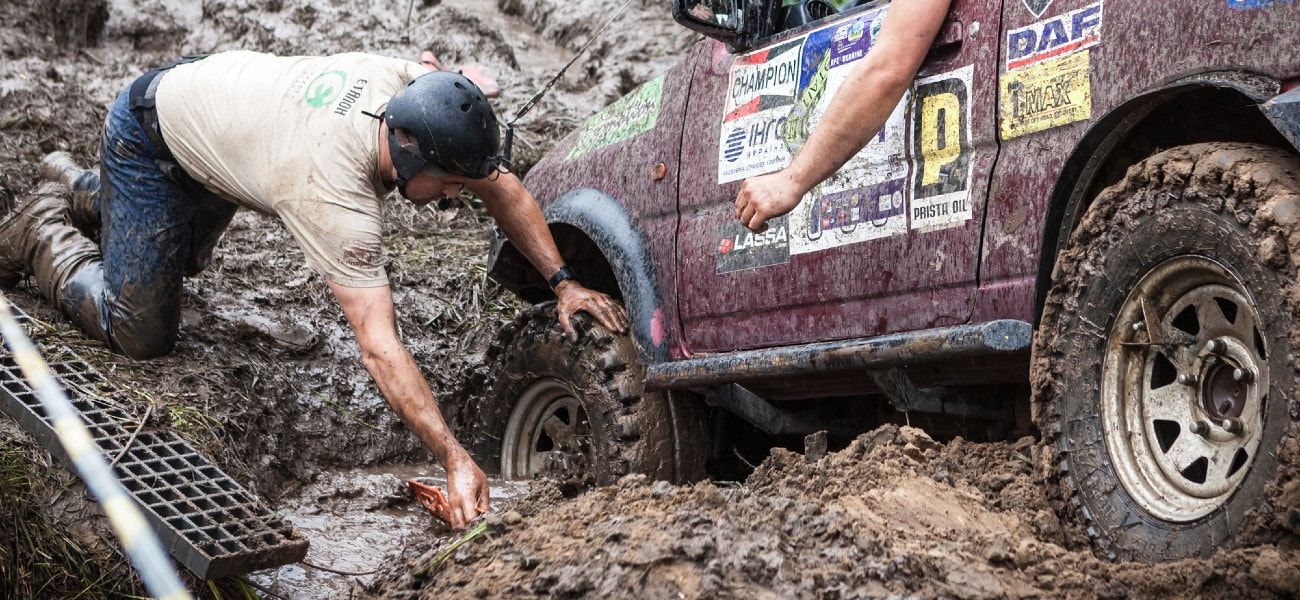Everybody who loves offroading knows that it’s important to care for your tyres.
Tyres affect many aspects of driving. They provide traction and improve the vehicle’s handling. They even impact fuel economy and the general safety of your 4X4.
That’s why it’s crucial to monitor the condition of your vehicle’s tyres. Many drivers wonder how long 4WD tyres really do last because of the excess stress they endure.
In this guide, we’ll try to answer this tricky question. Let’s get started!
Why is it important to change your tyres regularly?
It’s essential to change tyres before they suffer serious deterioration.
The main reason is that it affects the safety of the vehicle and passengers. Tyres create traction between the wheel and the road. This is especially important in wet conditions. A lack of tread increases the risk of severe injury.
This is the most important factor but there are other reasons why it’s necessary to change tyres as they age.
Bald tyres will affect the vehicle’s ride too making for a bumpy and uncomfortable journey. You’ll notice that you start getting slippage if you accelerate too quickly or go over some wet, slippery terrain.

What happens to tyres as they age?
The tyre’s sidewalls will crack over time.
A combination of excess wear and UV light will cause this to occur eventually. The tyre treads will deteriorate and weaken structurally.
Cracks in the sidewalls can lead to air leaking out. It also increases the chance of driving with underinflated tyres which can damage the wheel’s structure.
Bulges may arise too. If left untreated they can result in a blowout.
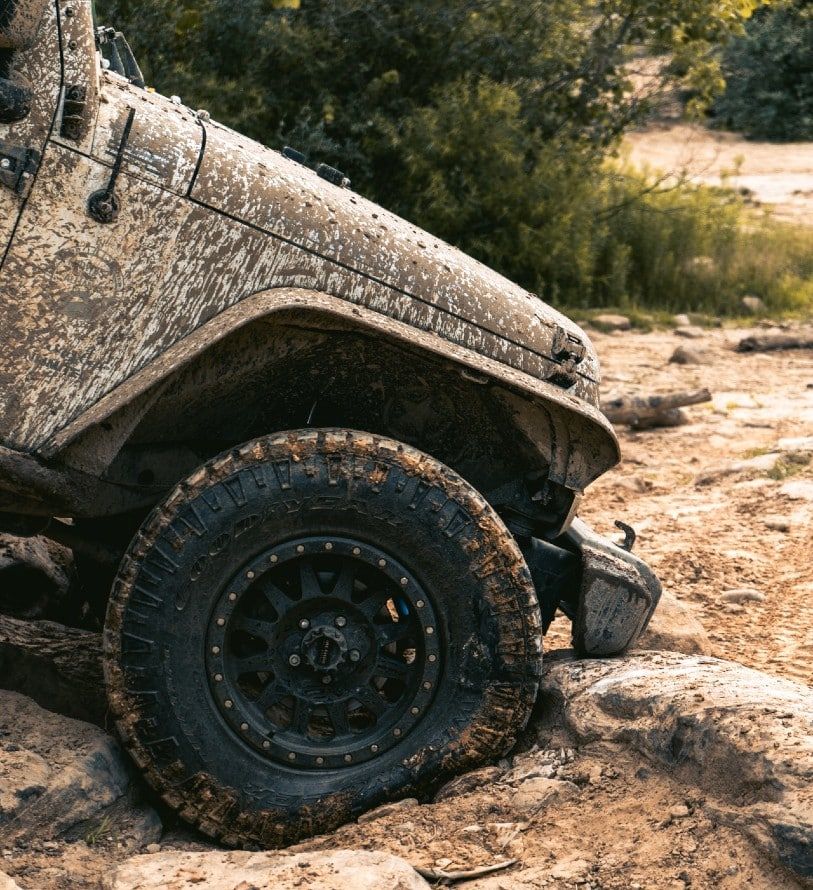
What factors influence tyre life?
While it’s natural for tyres to degrade, several factors can speed up this process. Some of these are outside of the driver’s control while others are a direct result of the driving style.
Here are the key influences.
Driving style
Driving style can heavily influence a tyre’s lifespan.
If you drive aggressively on rough terrain or off-road it can damage the tyres. Meanwhile, sharp braking and cornering frequently can also have an adverse effect.
Commuters face another issue because stop-start driving in traffic causes wear too.
Overloaded 4WDs tend to see excess stress on their tyres too.

Climate
Thankfully, most of us don’t have to change our tyres in winter as Australia doesn’t get much snow.
However, Australia does get a lot of sunlight. UV light is a tyre’s worst enemy - so if you park your car on the street or otherwise out of cover, expect faster wear.
As we said earlier, sunlight increases the chances of cracks in the rubber. These are less likely to arise when your 4WD is regularly in motion. Modern tyres contain anti-oxidising chemicals that activate when the tyre is moving.
Unfortunately, when the vehicle isn’t in use, they don’t perform the same duties. Cover your 4X4 or park it in a garage when it’s not in use.
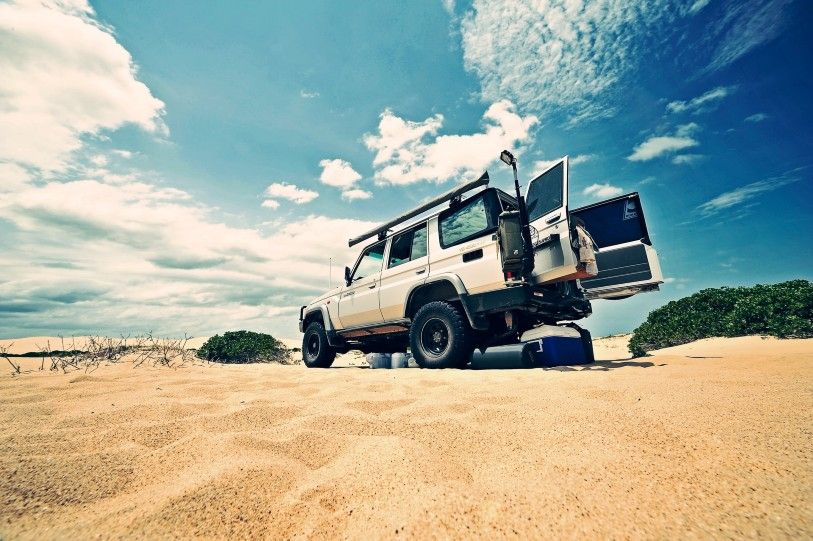
Temperature
Temperature relates to climate but its influence is profound enough to merit its own category.
In short, it affects the air pressure in the tyres. If it’s hotter outside, the air pressure increases. On the other hand, cold temperatures will cause the air pressure to drop. The tyres will inflate or deflate as a direct result of this external factor.
A change of just 5°C creates a 2% loss or gain in pressure.
It’s important to check your tyres regularly when temperatures fluctuate. Australia often experiences severe heatwaves and these will place tyres under stress. Not everybody has access to a cool garage but use it if you have one!
Brand/Type
There are many brands and styles of tyres for different driving conditions.
Some tyres have a longer lifespan but they’re also louder. That’s because the hard compounds make more noise as they impact the road.
Remember that the quality of tyres varies across brands. Meanwhile, some tyre producers may have different ranges. It’s advisable to research and invest in a set that is appropriate for your needs and intentions.

How long should 4WD tyres last?
This question is difficult to answer because it depends on how owners use their vehicles.
Most manufacturers state that tyres will last for four to seven years. It’s also likely that they can take 30,000 to 100,000km. Of course, all of the above-mentioned factors play a part in determining their lifespan.
Remember, if you leave your 4X4 outside instead of parking in a garage, it’s going to have an impact on the lifespan of the tyres. Meanwhile, driving on dusty outback trails isn’t the same as cruising along motorways.
That’s why it’s important to check tyres regularly, especially as they get older. They will be more susceptible to damage as time passes by.
Should I Replace All Of My Tyres At The Same Time?
It’s recommended to replace all of the tyres together when deterioration occurs as a result of natural wear and tear.
This keeps everything consistent.
Ensure that you’re using the same brand, width and tread pattern. Inconsistencies can affect the ride and even result in vehicle damage from overheating.
How Do I Rotate My 4WD Tyres?
One way to enhance the longevity of your 4X4 tyres is to rotate them.
It’s natural for one side of your vehicle to experience more wear and tear than the other. Rotating the tyres after every 10,000km can substantially lengthen their lifespans.
They will receive proportionate wear-and-tear so that it’s easier to replace them all together in the future.
4-Wheel Pattern Rotation
- First rotation: Change the front tyres with the back tyres.
- Second rotation: Switch the tyres from right to left.
- Third rotation: Repeat step one.
- Fourth rotation: Repeat step two
Final Thoughts
Caring for your 4WD tyres is very important for many reasons.
Primarily, it maximises the safety of the occupants. But it also improves the 4X4’s performance and reduces the risk of damage to the vehicle.
Remember to check your tyres regularly. You can do this yourself or by talking to a professional mechanic. Furthermore, rotate the tyres to evenly distribute the wear and stress.
If you have any questions about 4WD tyres or anything else, please leave a comment below!

